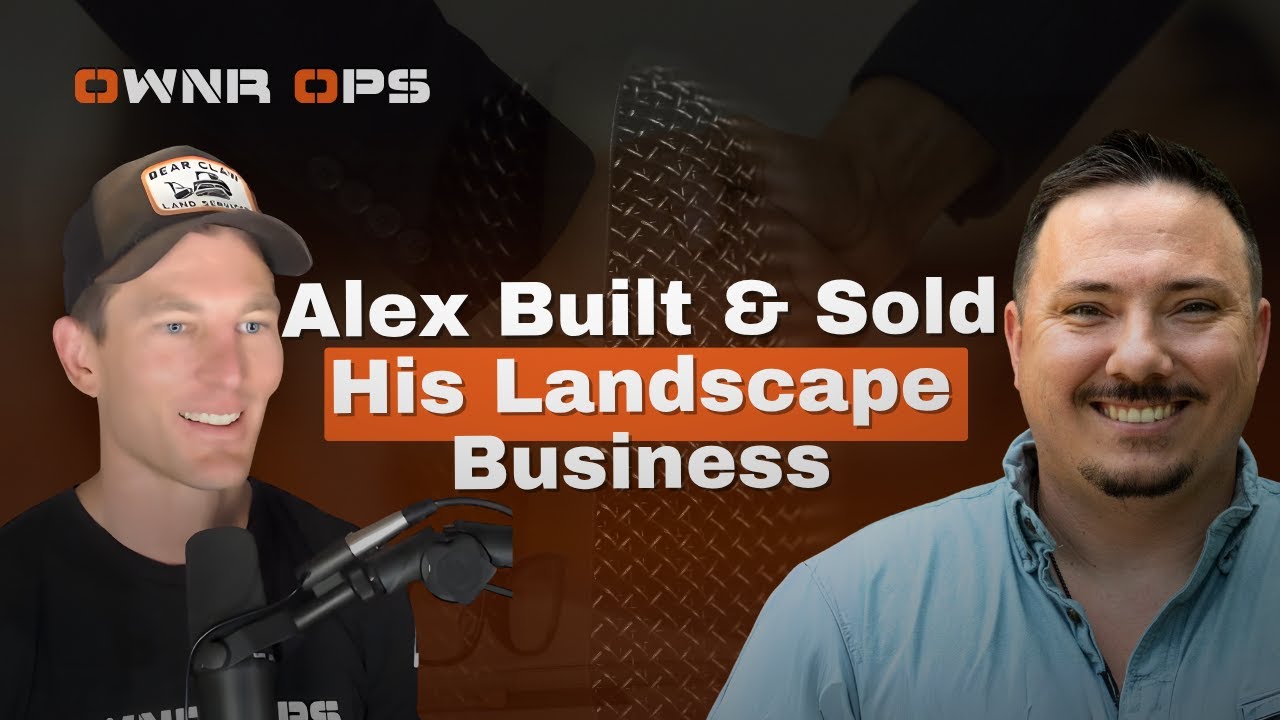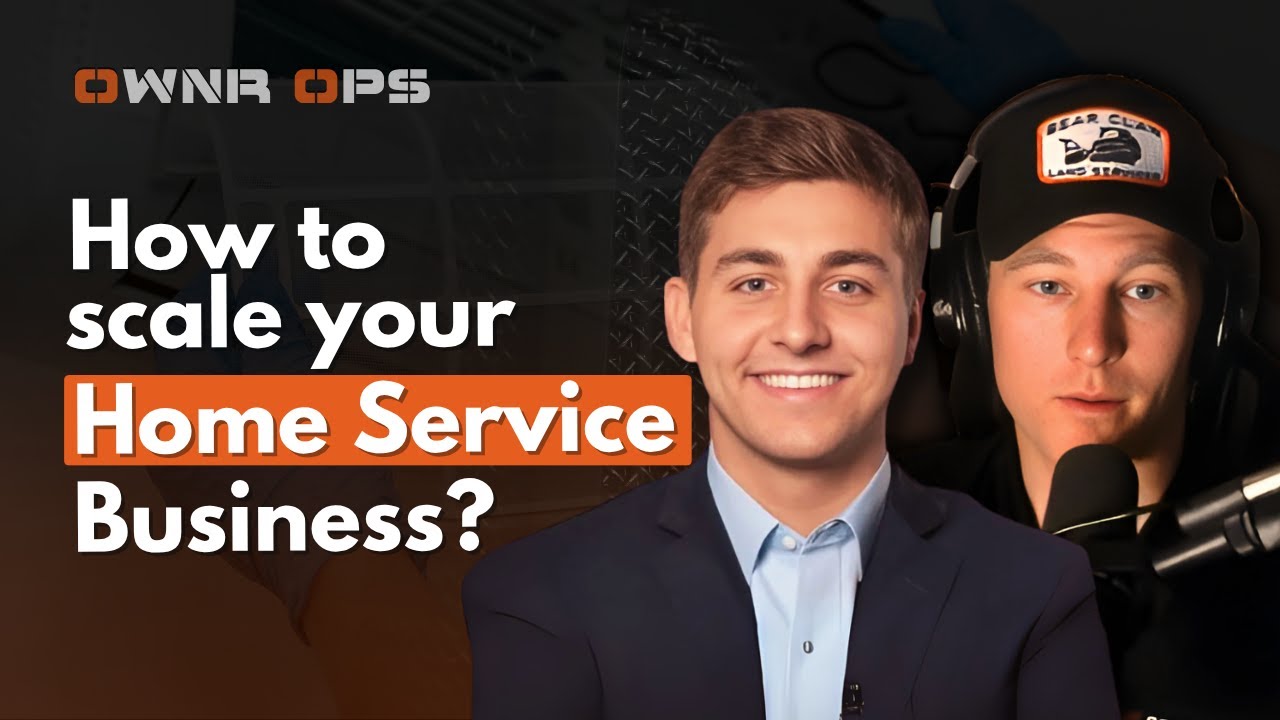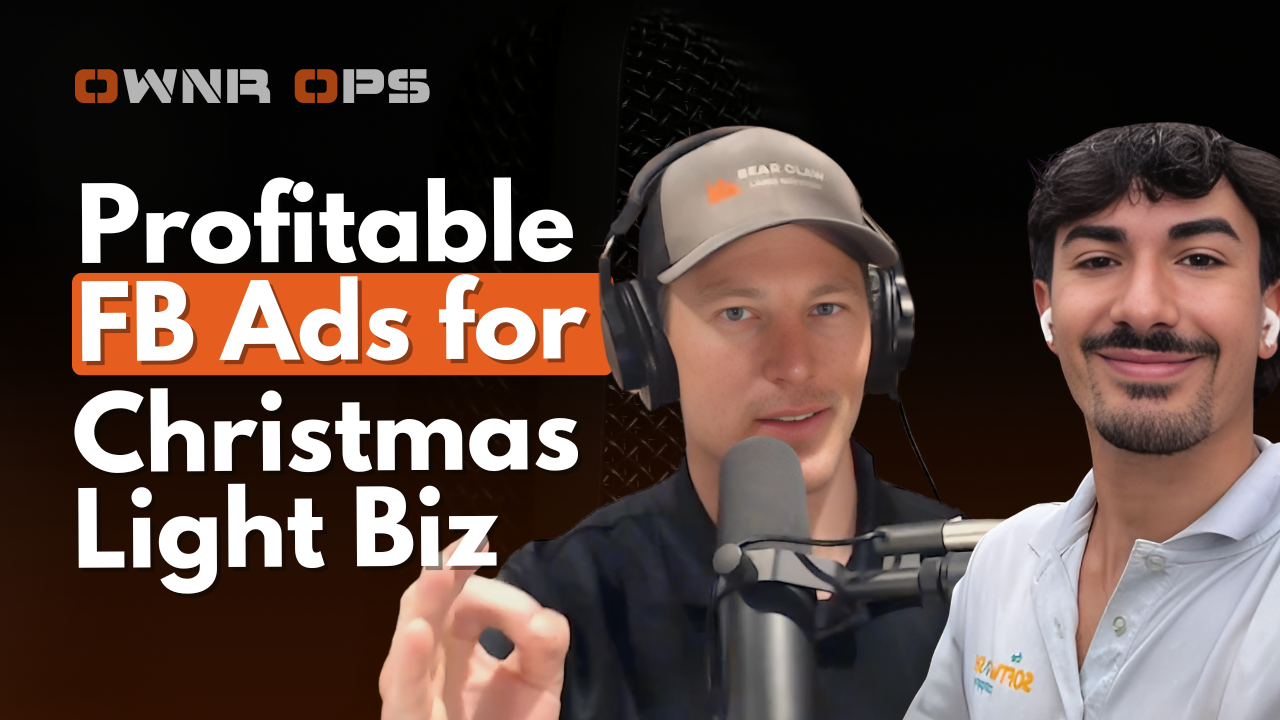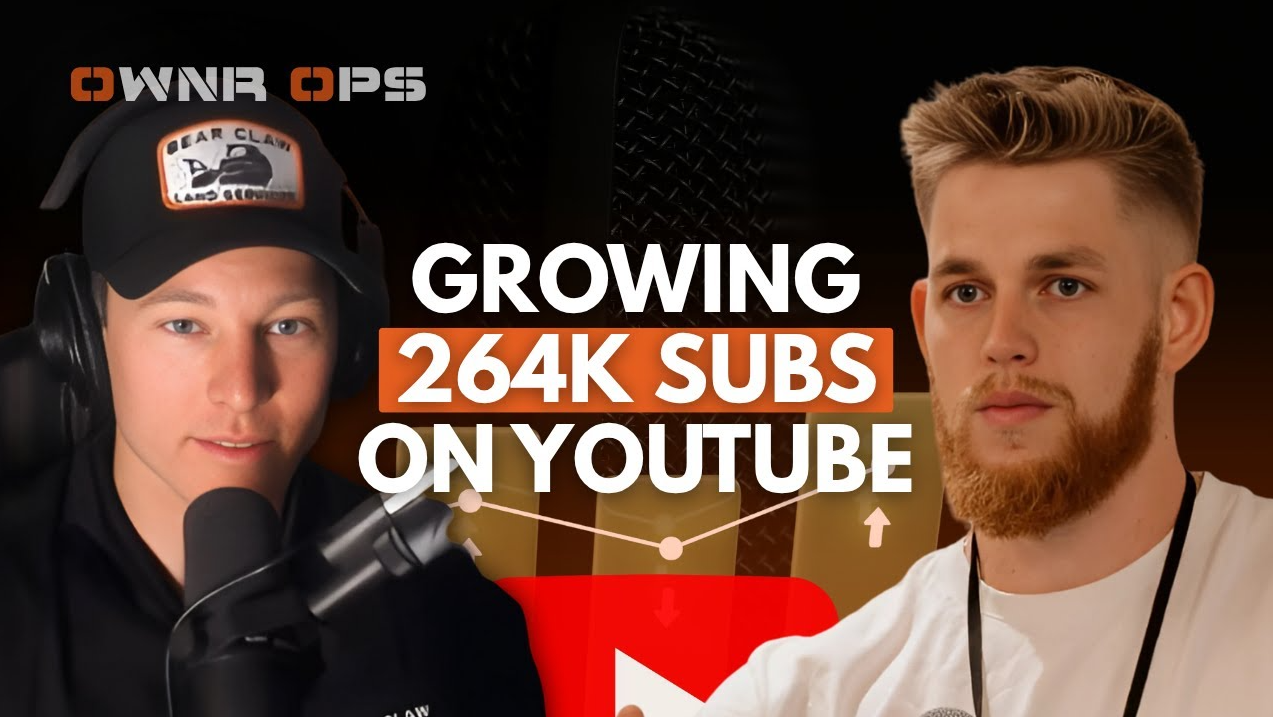The Secret Sales Process Behind $3M in Landscaping Projects with Josh Adkins
In this episode of OWNR OPS Podcast, Josh Adkins, owner of Odd Jobs Landscaping, shares how he grew his landscaping business to over $3 million in revenue. He talks about the challenges of building a reliable team, the importance of subcontractor relationships, and how Facebook marketing helped drive sales.
SPECIAL THANKS TO
getjobber.com
This episode is brought to you by jobber jobber is the all-in-one software management solution specifically for home service and trade businesses. I remember when I was starting Bearclaw several years ago I was wondering how the heck I was going to send estimates keep track of a job schedule send invoices and collect payment when I came across jobber I felt like I had found the Holy Grail. Jobber makes the back end of my business so efficient and it saves me time as a business owner so if you are in the early days of starting your home service or trade business look no further than Jobber as your software management solution. If you've been enjoying the podcast this is one way you can support us visit www.getjobber.com.
Striker Digital specializes in SEO Services specifically for local service businesses bod and Andy the two co-founders have helped me get Bearclaw Land Services to the number one search result on Google inside my state for my specific search term if you want to learn more visit Stryker Digital.com.
Dialed In Bookkeeping.com
This episode is brought to you by Dialed In Bookkeeping. Ben and his team provide bookkeeping services job casting reports and accurate financial information for the Home Services industry. If you're looking to keep your books up-to-date, visit Dialed In Bookkeeping.com. When you use this specific landing page you'll get your first 3 months 50% off.
If you haven't signed up for the Weekly Newsletter yet go to ownrops.com newsletter. We summarize all the learning lessons from the interviews with the guests on the podcast and we distill those into short actionable tips, tricks, tactics, and strategies that you can use to grow your own local service business sign up for the newsletter at ownrops.com. We will definitely keep moving in this direction because one of the goals I had with this was like man I just like getting to know other business owners because like I learn from you right.
Austin Gray: @AustinGray on X
Episode Guest:
Josh Adkins: @JoshAdkins on X
OWNR OPS Episode #11 Transcript
This episode is brought to you by:
✅Jobber: The all-in-one business management software for service businesses.
🔥GET 20% OFF JOBBER YOUR FIRST 6 MONTHS:🔥https://go.getjobber.com/ownrops
✅Bear Claw Media: Proven digital marketing strategies for contractors. gobearclawmedia.com
✅Stryker Digital: Helping service businesses dominate local SEO. stryker-digital.com
✅Want the summarized actionable tips from this episode?
Subscribe to the OWNR OPS Weekly Newsletter at https://www.ownrops.com/newsletter












.png)




.png)



.png)
.png)
.png)
.png)
.png)
.png)
.png)
.png)
.png)
.png)
.png)
.png)
.png)
.png)
.png)
.png)
.png)

.avif)
.avif)
.avif)
.avif)
.avif)
.avif)
.avif)
.avif)
.avif)
.avif)
.avif)
.avif)
.avif)
.avif)
.avif)
.avif)
.avif)
.avif)
.avif)
.avif)
.avif)
.avif)
.avif)
.avif)
.avif)
.avif)
.avif)
.avif)
.avif)
.avif)
.avif)
.avif)
.avif)
.avif)
.avif)
.avif)
.avif)
.avif)
.avif)
.avif)
.avif)
.avif)
.avif)
.avif)
.avif)
.avif)
.avif)
.avif)
.avif)
.avif)
.avif)
.avif)
.avif)
.avif)
.avif)
.avif)
.avif)
.avif)
.avif)
.avif)



.avif)
